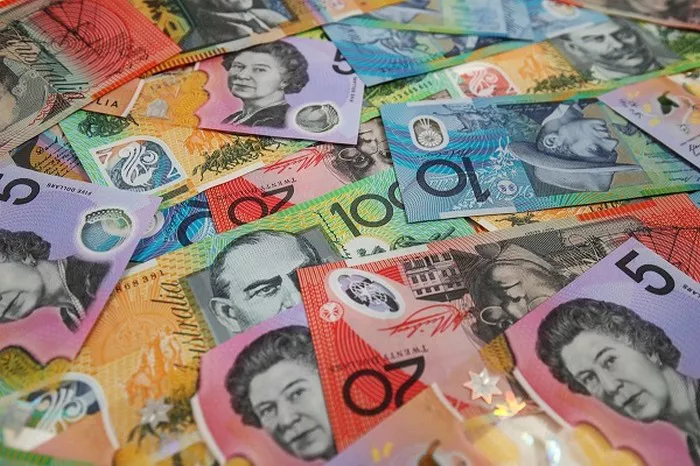The Australian dollar (AUD) is the official currency of Australia and is also used in the Pacific Island nations, including Kiribati, Nauru, Tuvalu, and Tonga. It is one of the most actively traded currencies in the world, ranking fifth in daily turnover after the US Dollar, Euro, Japanese Yen, and British Pound.
History of the AUD Currency
Before the introduction of the Australian dollar, the official currency in Australia was the pound sterling. In 1963, the Commonwealth Bank of Australia introduced decimal notes and coins to replace the pound. The new currency was named the Australian dollar and was introduced on February 14, 1966.
Initially, the Australian dollar was pegged to the British Pound, with an exchange rate of two dollars to one pound. However, in 1971, the Australian government decided to shift the currency to a floating exchange rate system that allowed the market forces to determine its value.
Since then, the AUD has experienced various fluctuations in value against other major currencies, influenced by factors such as interest rates, inflation, economic performance, and global events.
Features of the AUD Currency
The Australian dollar is denoted with the symbol $ or A$, and its ISO code is AUD. One Australian dollar is divided into 100 cents, and the notes come in denominations of $5, $10, $20, $50, and $100. The coins come in denominations of 5c, 10c, 20c, 50c, $1, and $2.
One of the unique features of the AUD currency is its use of polymer banknotes. These notes are made from a type of plastic material that makes them more durable and resistant to wear and tear compared to traditional paper notes. Polymer notes were first introduced in Australia in 1988 and have since been adopted by several other countries, including Canada, New Zealand, and Malaysia.
Another notable feature of the AUD currency is its popularity among foreign exchange traders. Due to Australia’s stable economy and relatively high-interest rates compared to other developed nations, the AUD has become a popular currency for carry trades. This involves borrowing money in a low-interest-rate currency (such as the Japanese yen) and investing it in the Australian dollar to earn higher returns.
Factors Affecting the Value of the AUD Currency
The value of the AUD currency is influenced by various factors, including:
1. Interest Rates: Higher interest rates tend to make a currency more attractive to foreign investors, which can increase demand for that currency and drive up its value.
2. Inflation: High inflation rates can erode the purchasing power of a currency, making it less valuable in international trade.
3. Economic Performance: Positive economic growth, low unemployment rates, and strong business confidence can increase the demand for a country’s currency.
4. Political Stability: Countries with stable political systems and policies tend to have more stable currencies, as they are perceived as less risky to invest in.
5. Global Events: Significant global events, such as natural disasters, geopolitical tensions, or pandemics, can affect the demand for a currency and its value.
Using the AUD Currency for International Transactions
The AUD is widely accepted for international transactions, particularly in the Asia-Pacific region. However, it is not always the most convenient currency for cross-border payments, as some banks and financial institutions may charge higher fees or offer less favorable exchange rates for AUD transfers.
To avoid these additional costs, businesses and individuals can consider using specialist foreign exchange providers that offer competitive rates and lower fees for international money transfers. Some examples of these providers include TransferWise, WorldFirst, and OFX.
Conclusion
In summary, the AUD currency is the official currency of Australia and is widely traded and accepted around the world. Its value is influenced by various factors, including interest rates, inflation, economic performance, political stability, and global events. While it is a popular currency for foreign exchange traders, using it for cross-border payments may incur additional fees or less favorable exchange rates from traditional banks. However, specialist foreign exchange providers offer a cost-effective alternative for international money transfers.


